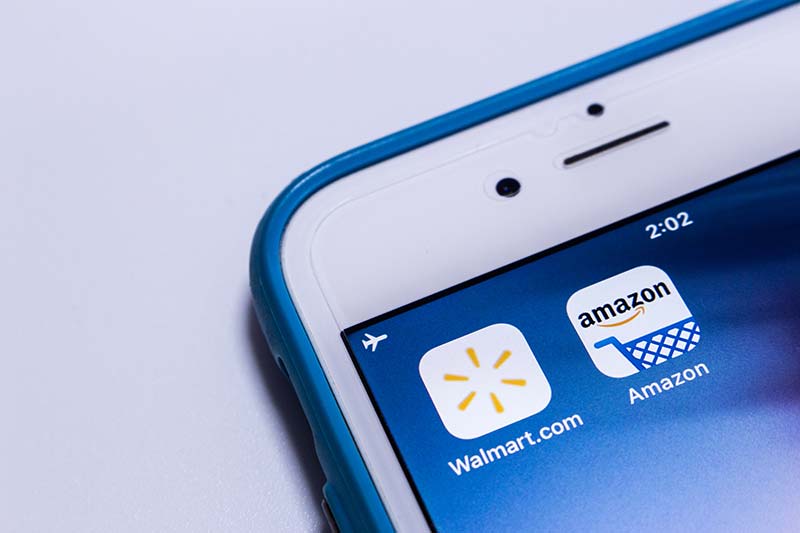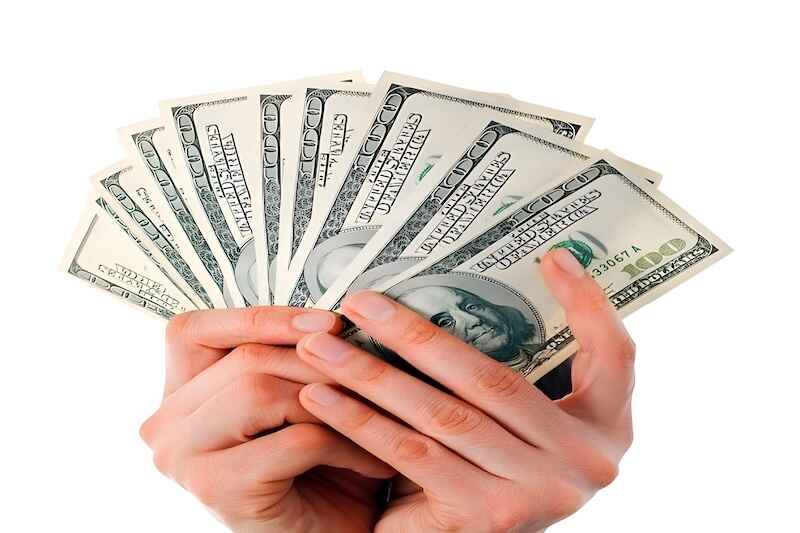Stock of the Week: This Luxury Brand Is Designing Big Gains
Alpesh Patel|January 13, 2023
A Note From Amanda: Every week, Alpesh combs through thousands of stocks and shares with you the ones that meet his proprietary metrics for growth, value and income. This bottom-up approach lets him zero in on quality stocks with the best potential for solid gains in the year ahead. Want to see whether the stocks you’re holding make the grade? Send your tickers to mailbag@manwardpress.com, and Alpesh will review them in a future video.
You may not be familiar with the name of this week’s Stock of the Week, but you’ll surely recognize the luxury brands it owns.
Now, it may seem odd to be looking at a luxury consumer discretionary stock when everyone is worried about a recession…
But this one has a lot going for it.
It is a perfect fit for my proprietary Growth-Value-Income system… and the company is good at turning cash into profits.
Plus, the stock is cheap and undervalued… and profits are forecast to grow.
For all those reasons and more, it’s my latest Stock of the Week.
Click on the image below for all the details.
Transcript
Hi everyone, and welcome, Manward family, to my Stock of the Week.
It’s a slightly unusual one which initially might confuse you, but then you’re going to understand why I have picked it.
Remember, I do these Stocks of the Week so you get an insight into the thinking that a hedge fund does.
You get a sort of “tip of the iceberg” insight into all the things that my research team looks at and puts across my desk, which I then narrow down to the ones that I think are worth exploring.
This week’s Stock of the Week is Tapestry (TPR).
Now, you’ve probably not heard of the name Tapestry, but you will have heard of the luxury brands that it owns.
Coach, for instance. It also owns Kate Spade New York and Stuart Weitzman.
You’ll have come across Kate Spade – it has that black spade on its logo.
Anyway, that’s not the point.
You might be thinking, “Hang on, Alpesh. I thought we’re worried about a recession and a downturn, and you’re picking a luxury consumer discretionary stock? What are you thinking?”
Well, actually, the markets tend to look further ahead. And it’s not just that the companies had good results looking back.
They may well have had, but the past is the past. It doesn’t tell us what’s going to happen in the future, especially if we’re going to have a recession.
But also I think these tend to be the more resilient brands, the more luxury end.
I appreciate it’s not quite a Gucci or a Louis Vuitton.
Equally, the market tends to look through the interest rate cycle – which will peak this year – and it looks through any potential recession and sees that we’ll come out of it.
So for those reasons, I’m also looking ahead.
Let’s have a look at some of the financials for the company.
Well, it’s got an Alpesh Growth-Value-Income rating of 9.
What is that?
Remember, that’s my proprietary algorithm where we evaluate the valuation of a company. For instance, its profitability compared to its share price, its turnover growth, its sales, its dividend yields.
And we weigh those individual factors and come up with an overall score out of 10.
Now, initially this was created within my fund to make it easier for us to scan 10,000-odd companies, to narrow those down.
So this has got a 9 out of 10, which is good, obviously.
CROCI – cash return on capital invested – 11%.
Now, as you will all know, that is a formula invented by Deutsche Bank. It’s now used by Goldman Sachs Wealth Management for its wealthiest clients.
And what they discovered is, companies in the top quartile of all companies by CROCI, by cash return on capital invested, generated as a basket of stocks an average return of 30% per annum.
Not every company, not every year, but as a basket – some years more, some years less.
This meets that minimum criterion that we’d want it to meet, to meet that cash return on capital invested.
In other words, it’s good at converting capital – the raw materials of the company – into cash, which is that intermediate product before you get profits. Okay?
The stock has had a good run recently. It’s got a good Sortino.
That’s the average return relative to the volatility, or risk, of missing it. It’s had a good run despite the fact that volatility is higher than I would’ve liked, at 34%.
I normally want it below 20%, because the world’s volatile enough without getting volatility through our stocks.
So all of those things are looking good.
We’ve got total assets going in the right direction.
We’ve got borrowing going in the right direction now that it’s decreasing. We’ve got turnover increasing. Those are positive signs.
Return on capital employed – another measure of quality of the company, you know, the ability to generate returns based on capital – is at 17%. That’s good.
Return on equity – another measure of that – is at 33%.
Valuation – the forecast profits relative to its share price – is at a multiple of 11.
That’s not too expensive. In other words, it’s the current share price compared to the forecasted profits the company’s going to have. That’s relatively cheap.
And I want to look at forecasted profits. Because this year, from what we’re seeing and what’s crossing my desk, the market’s really going be looking at profitable companies and their forecast profitability.
Which ones are resilient to profits taking any kind of downturn?
Now forecast growth. Turnover is forecast to drop.
However, this is an interesting thing.
You might say, “Wait a minute. The company’s gonna be profitable, and profits may well be forecast to grow on an earnings-per-share basis – so profit per share is forecast to grow 4.6% – but yet turnover’s falling.”
Well, that’s because they can cut costs.
They can be more productive and more efficient, knowing that they’re going to get hit on the sales thing.
And a sales turnover drop of 1.4% just shows you how resilient this is, because that’s not much of a drop given what’s happening in the global climate.
And yet profits – earnings per share, profits per share – are forecast to actually grow.
So there were two little things which I thought were quite interesting.
Now, if we go back to the share price, we can see it’s been steadily rising despite what’s been happening in the broader market.
And I anticipate this one will probably keep going, hopefully making a high this year… a high to what it’s had in the last four or five years.
That’ll give us a pretty good return if that does indeed happen. And that’s what I’m anticipating will happen.
On a discount cash flow basis, it’s about 35% undervalued.
And you can see that even in 20 days, the stock could drop 24%. After 50 days, 30%.
It’s unlikely that would happen. However, those things are possible.
So it is more volatile, it’s riskier as a result.
But that undervaluation is attractive.
And as I said, earnings are forecast – on different measures, by different analysts – to grow at 8.5%.
So you can often get with this fundamental data different analyst forecasts and different variations in average and different ways in which those averages are measured.
But on one measure, earnings are forecasted to grow at 8.5% – which, again, is a different, attractive aspect of the company.
So that’s the Stock of the Week.
I hope you’ve enjoyed it.
Thank you all, Manward family. To the new subscribers, hello and welcome. And to everybody, a happy new year. And of course, especially my GVI Investor subscribers as well – a very happy new year to you, and you’ll have lots of goodies coming your way this year from me.
Thank you.



